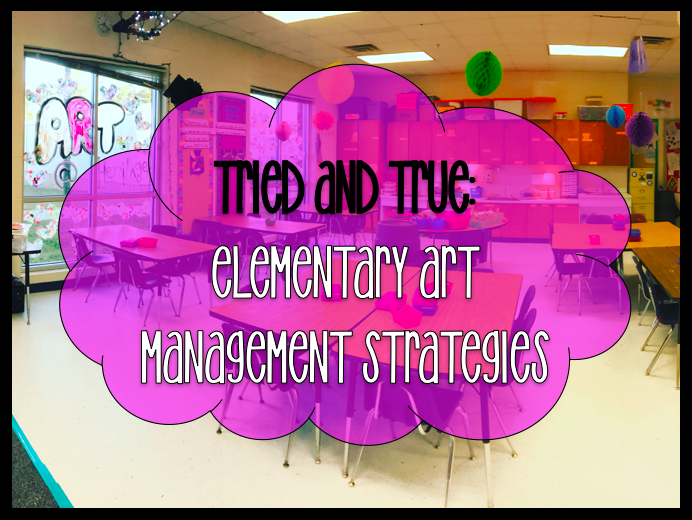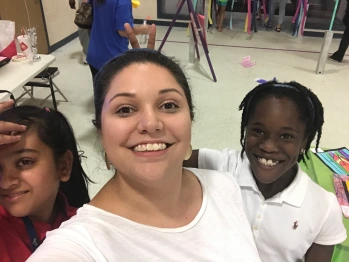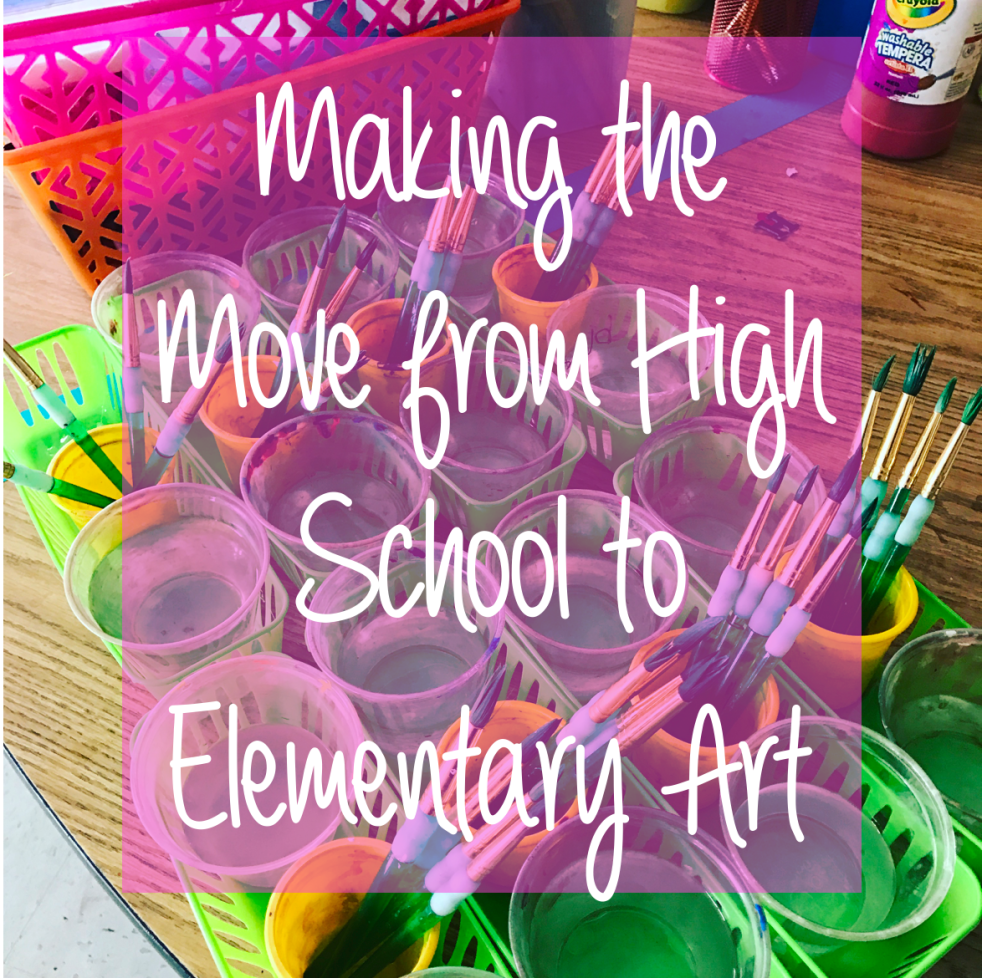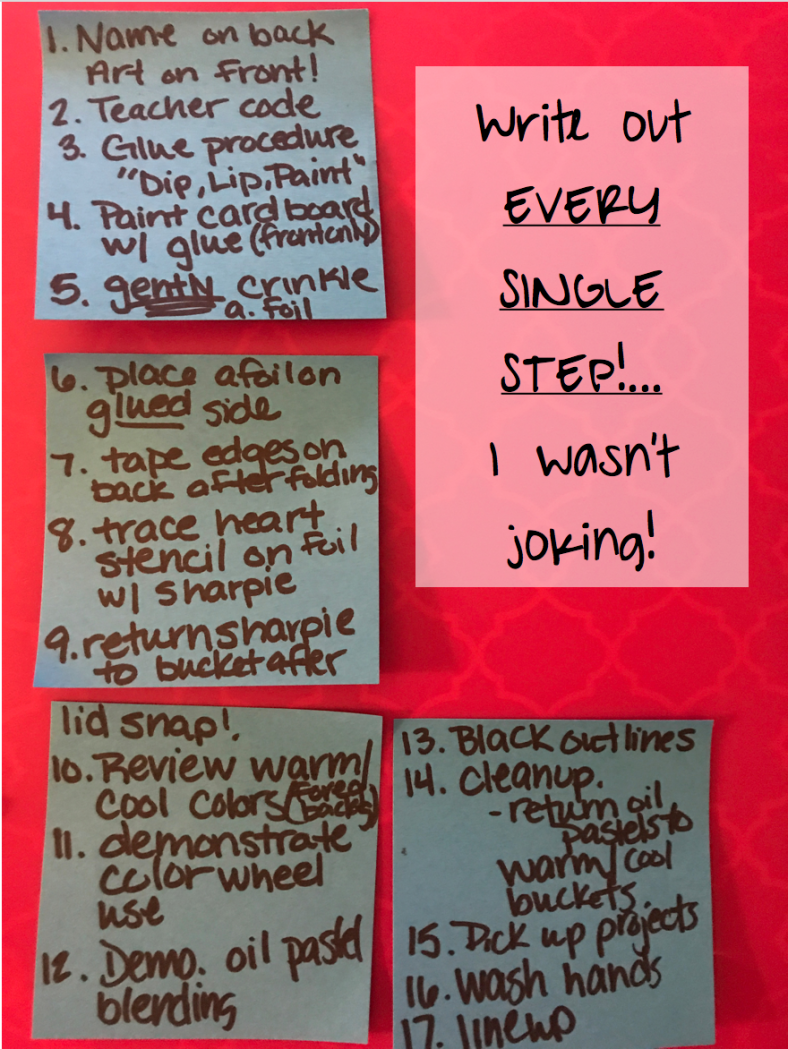Okay y’all I mentioned before that the past year in elementary art has been a “guinea pig year,” because I have used SO MANY different management strategies this whole year! I think I actually tried everything I found online regarding elementary art management.
As a former high school teacher management in elementary school is a whole new ballgame! Holy guacamole! High schoolers know the drill! and VERY FEW of my high schoolers didn’t toe the line because they know the consequences (disclaimer I did teach at a Title 1 school, and although I don’t think that has any reflection on how awesome my kids were I thought you should know that I didn’t teach geniuses from multimillion dollar families that were delightful angels 800% of the time…am I being too real? haha okay done with my internal dialogue…). As a friend of mine (@biggirllipstick on the Instagrams) once told me, the most effective management solution in high school is “call yo momma” day. Where if you are failing art, you have to get out your cell phone, join me in the hallway, call yo momma, and tell you that you are failing art because you aren’t doing your work or being obnoxious. So easy, and you don’t have to do any calling all by yourself! It also helps the students take responsibility for their actions! ….However when you teach elementary school your kids don’t exactly have cell phones….so now what? Oh and BONUS! You teach 700+ students… 😦
I thought elementary school was going to be straight up rainbows and unicorns and sparkles because the kids are so cute and would be so excited because they are young and get to have art and get to be creative……you see where I went wrong here? About three weeks in I went “oh crap” and needed to figure some stuff out! So I set to googling. There are some awesome ideas out there! But, I’m a self admitted scatter brain, and some things just didn’t work for me. At the beginning of the year, you should have some sort of clue as to how to get the darlings in order…from day one! But maybe you need a “guinea pig” year too! No shame in that . My first mentor was a genius and said teaching was a learning curve…and you’re always going up…even if you are down at the bottom right now! I digress, Figure out what works for you! Because YOU have to stick with it. I don’t even feel a little bit bad about trying out so many things because now I KNOW what I’ll do next time and what works with my students. Also, I’m being pretty honest, don’t judge me too hard!
-
Vincent….VAN GOGH
Okay I saw this somewhere on Pinterest. I called it our call signal, you might have a different name, but when I said “Vincent” the students were supposed to FREEZE, LOOK AT ME, AND SAY “VAN GOGH” so that I knew I had their attention. This worked about 50% of the time. Now I say 50% because I feel VERY STRONGLY that if I had practiced this every single class until Christmas it would have been FLAWLESS! But, I thought (as a high school teacher would) that they would have it down the following week…so I didn’t need to practice right? And so some classes were better than others, but generally as a whole I think next year I’ll beat this horse until it’s stuck in the kiddo’s heads! I
Just remember to model, demonstrate, and practice over and over! Also, I didn’t add the “FREEZE” part until about Christmas…trust me just go ahead and make that a thing!
2. The Sticker Chart!
Okay I’m sure everyone is familiar with the whole sticker chart idea. The class is good..they get a sticker on the chart…the class with the most stickers get a reward.
I started my year with this. Got a cute sticker chart, got some stickers and thought “I’m ready!” Oh boy…if I could go back and give myself a talking to. Sticker charts are great! HOWEVER! There happen to be some conditions here to make it work!
a. Set some quantifiable rules for the students to understand and SEE! I was loosey-goosey with this. Write A-R-T on the board and if they have all three letters at the end of the class they get a sticker. Or if they get x amount of points on the board at the end of the class they get a sticker. Make it visual and quantifiable. That way you have some way to SHOW them that they did or did not meet their daily goal.
b. Keep the charts in a location that the students will not find easily accessible OR make your charts sneak-proof! I had some very clever darlings discover that they could take stickers off of another class’s chart and make it look like their class was winning. So I recommend permanent markers…and not stickers generally.
c. REMEMBER THE STICKERS! This was honestly my downfall. I forgot to give stickers SO MANY times…make it a ritual or make sure the kids remember to MAKE you put the sticker/mark on the chart so that it’s fair. Contrary to your judgement during that point in time, you will not remember, and the kids will get sassy!
d. DO make the rewards free and easy for YOU! Free art day, movie day, lego day, free clay day, extra recess, and so on. Don’t do something that will make your day more difficult and add extra planning! My first idea was to let the darlings do some sort of cool art project…but it was a stressful amount of prep for one day!
3. The Clip Game
Okay this is a not-so-glamourous title, but it was what we called this game when I literally dreamt about it one day during Thanksgiving break. The kids had a cheap-o dollar tree bowl on their table, and if their table was quiet, working hard, responded to our call signal, and cleaned up the right way, they got a clothes pin attached to their table’s bowl. Thus, it became the very competitive clip game! The table winners got to line up, got a sticker, or one of our school incentive “bucks.” I upped the prize the more competitive it got.
This was when I found out what worked for my kids! They LOVED this! Kindergarten didn’t quite get it, so I didn’t really use it for them, but 1st-5th was down!
As the months went on I changed it up a bit an turned the game into Paintbrush Points! I made these paint splats and little paintbrushes for points for each table. (Each Table in my room was color! ) Pictyah’s below…the paint splat one isn’t very good, but I’m locked out for the summer!
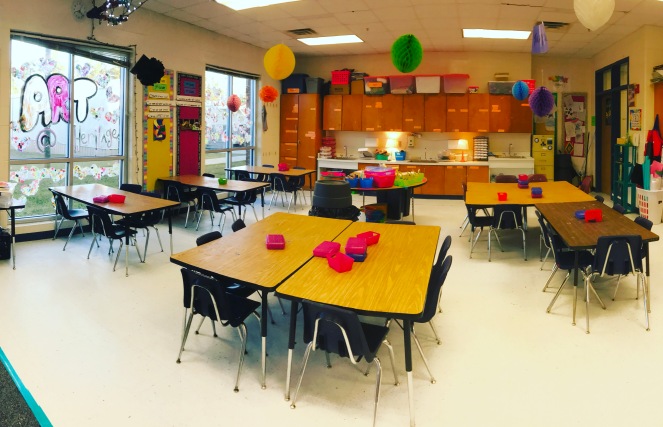
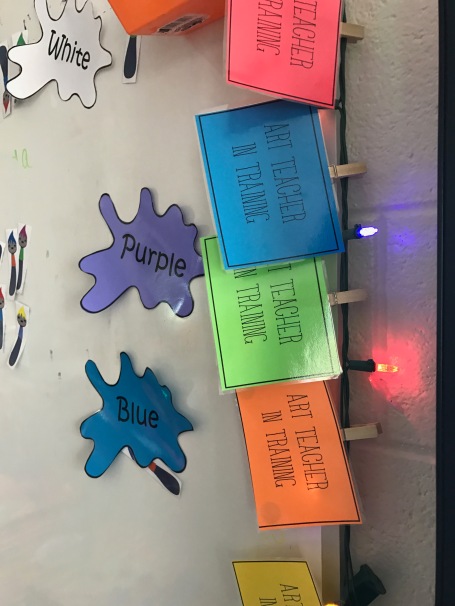
4. Boys vs. Girls
Never underestimate how much elementary boys and girls will team up to beat each other! No joke, the competition is so REAL! …and if I think back hard enough I can remember the same sentiment when I was in elementary school.
When all else fails! Pit the boys agains the girls in a game! Quiet game, clean up game, oh man it’s genius! Lining up. It all works. Why did no one tell me this in August?!? Now you know.
5. Art Teachers in Training
If you saw my badges up there on the board…well you know I did Art Teachers in Training at the end of the year. This was SO AMAZING! WONDERFUL! BEAUTIFUL! GENIUS! And obviously it came from the ever amazing and inspirational Cassie Stephens…no joke I’m a total Cassie Fan Girl…Cassie, if you read this…it’s a thing. Will you be my frand? Because I love you! Okay I digress…but here is a link to her blog post and her youtube video that talks this out. WATCH IT! It’s wonderful….just Genius…I have no words.
6. BE CONSISTENT
This isn’t exactly a strategy, but when you find something that works STICK TO IT! I’m so scatter brained! Do the same thing with every class, follow through, pick one thing and go for it! That way your students know what to expect in your room. Our school is also a PBIS school so we are highly…incentivized…but don’t forget consequences. Nip negative behavior in the bud as soon as you see them, follow your school’s discipline plan, and reward positive behaviors. I found that PBIS is great and all, but what the littles really like are GAMES and competition! Use it to your advantage!
I tried ALL of these in one year…guinea pig year…but next year I’ll be doing Paintbrush Points and Art Teachers in Training, because that’s what works best with my students! At the end of the day that’s all that matters!
Do y’all use anything else in your art rooms that you’ve found to work well? I’d love to hear more about it! Comment below and follow me on the social medias!

